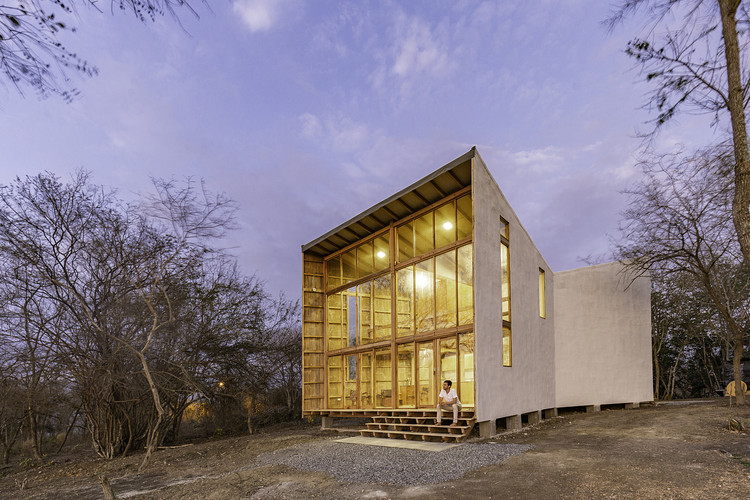Archaeological Reserve Toya Design
2012-07-15 00:00
架构师提供的文本描述。考古保护区建筑的形式和功能是由波兰波兹南Ostrow Tumski的考古实体和具体地点的历史、建筑和自然环境的参数严格决定的。
Text description provided by the architects. Form and function of the Archaeological Reserve building were strictly determined by parameters of founded archaeological substance and historical, architectural and natural context of concrete place in Ostrow Tumski in Poznan, Poland.
The building is to accurately complete the existing background.
答案是,这座建筑最初被考古学家“偷走”了一个秘密,现在每个人都可以发现。
The answer is the building hiding a secret at first having been “stolen” from the ground deposits by archaeologists, now possible to discover by everyone.
穿过建筑、分隔墙壁和房间的“外衣”,人们就会沉浸在时间和空间中,到达皮亚斯特状态的起源。
Crossing following “coats” of building dividing walls and rooms man gets engrossed in time and space to reach the origin of Piast state.
该建筑物有一个明确的方向,强调了拉长的墙,按照老奥斯托工事的路线。它的设计在一定程度上“从内部”-周围的堤防遗迹和卢布兰斯基墙。提到的墙壁变成了下面的外套,为参观博物馆指明了方向。从明亮的入口到隐藏在地下的遗迹越来越深。
The building has a distinct direction emphasized with elongated walls in accordance with the route of old Ostrow fortifications. It is designed to some extent “from inside” - surrounding dyke relics and Lubranski wall. Mentioned walls become following coats that give direction to see the museum. From bright entrance one gets deeper to the relic hidden in the ground.
 举报
举报
别默默的看了,快登录帮我评论一下吧!:)
注册
登录
更多评论
相关文章
-

描边风设计中,最容易犯的8种问题分析
2018年走过了四分之一,LOGO设计趋势也清晰了LOGO设计
-

描边风设计中,最容易犯的8种问题分析
2018年走过了四分之一,LOGO设计趋势也清晰了LOGO设计
-

描边风设计中,最容易犯的8种问题分析
2018年走过了四分之一,LOGO设计趋势也清晰了LOGO设计










































































